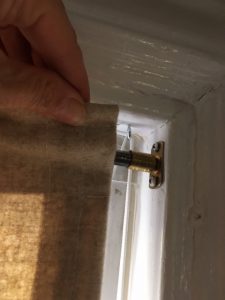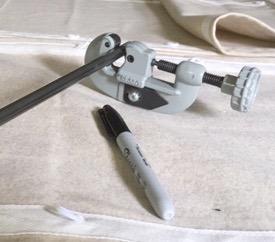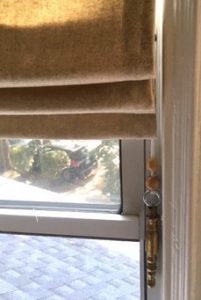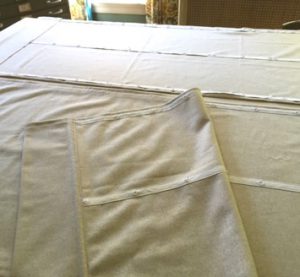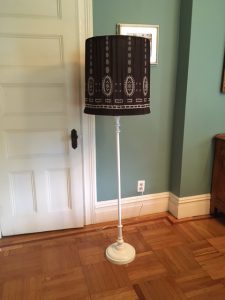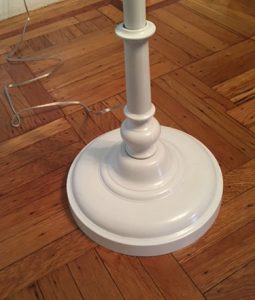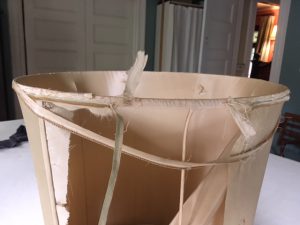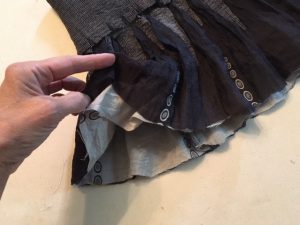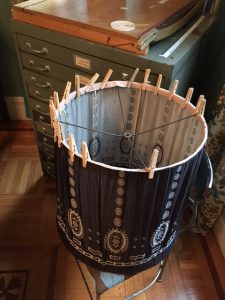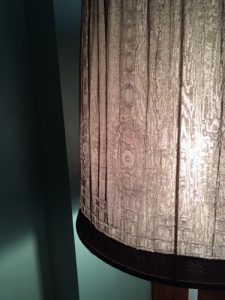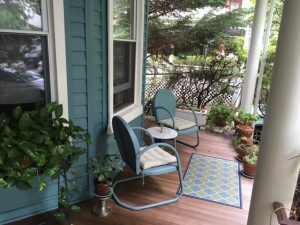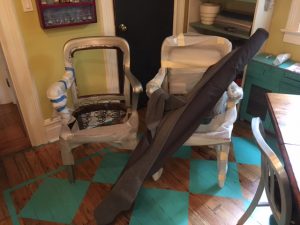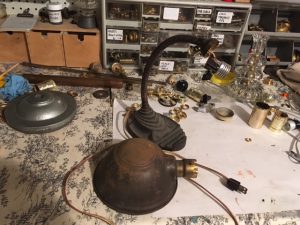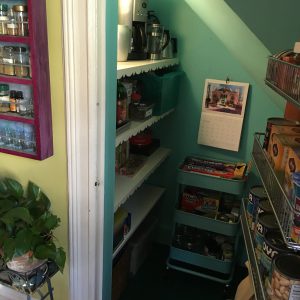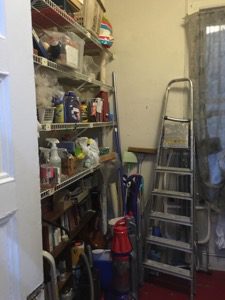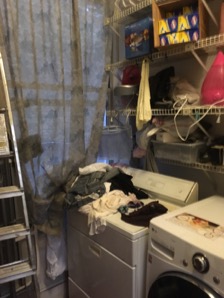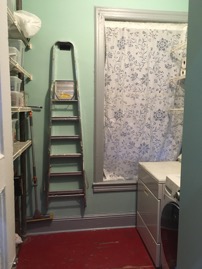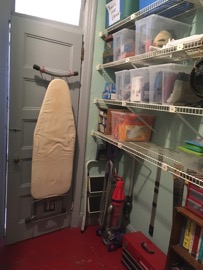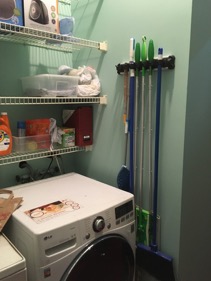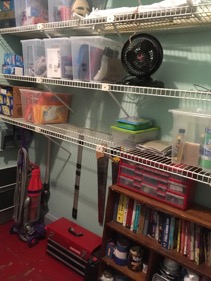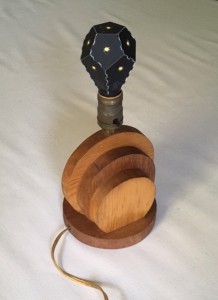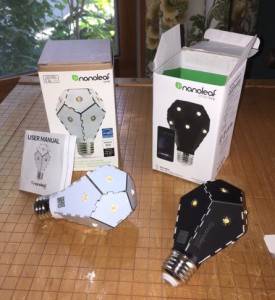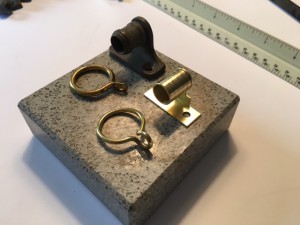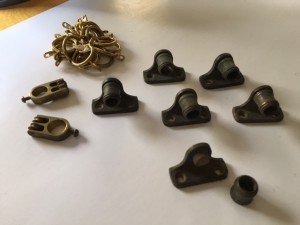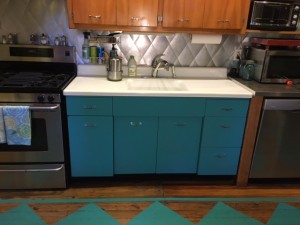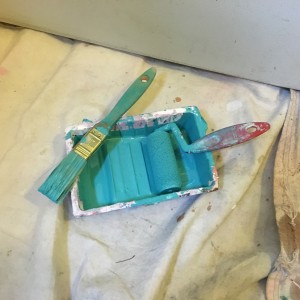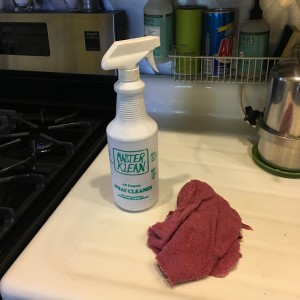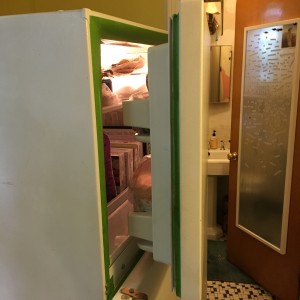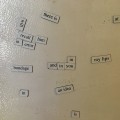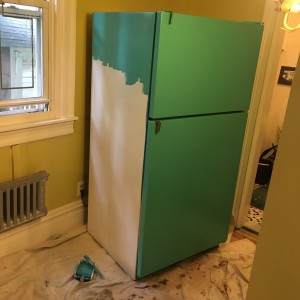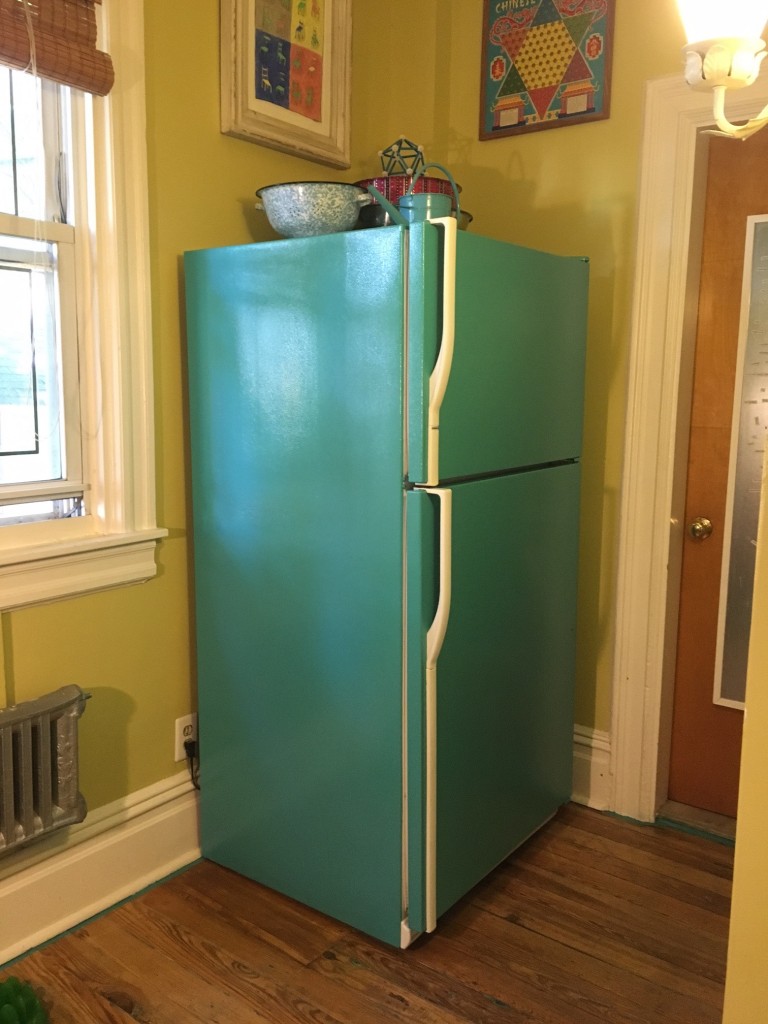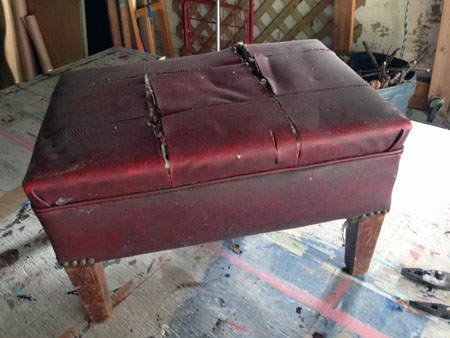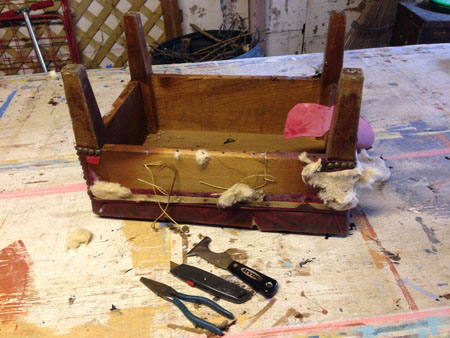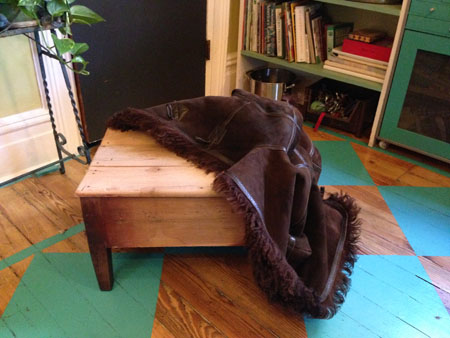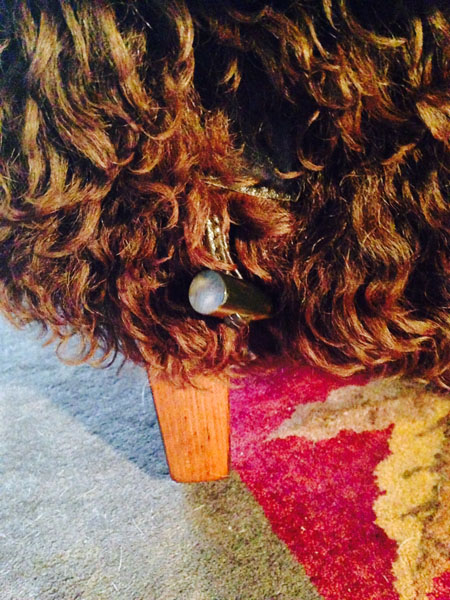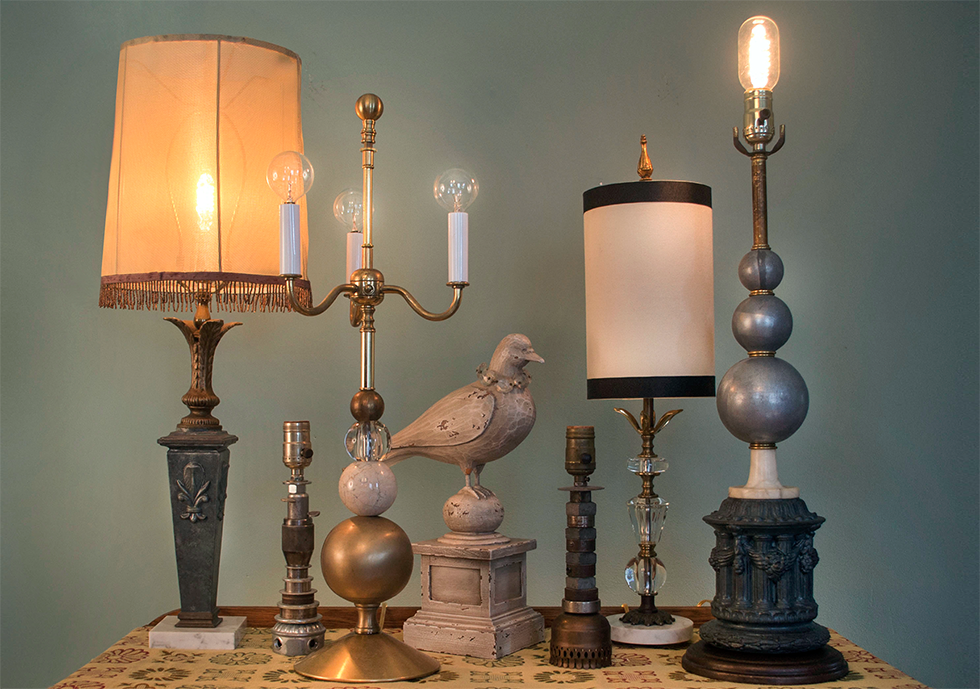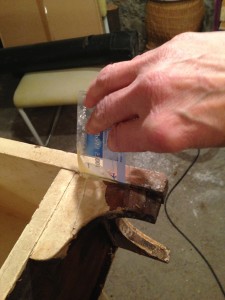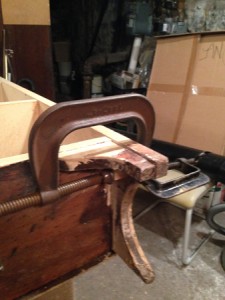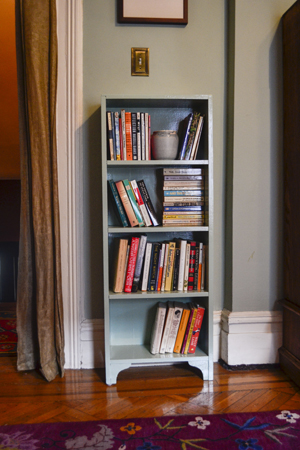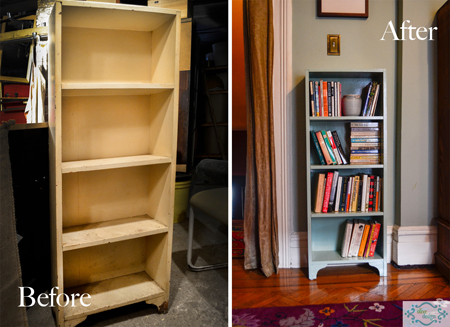It started as an upcycle…
My previous tenant left some beige wool felt curtains that she had made. The fabric came from the upscale menswear company where she worked; I was delighted at the uncommonly nice goods I had inherited! I pictured them as unlined roman shades: a super simple, minimal window treatment. I also knew that I wanted them to be removable for dry cleaning.
Traditionally, roman shades are installed and left in place until they are unbelievably filthy, or the fabric starts falling apart, or a combination thereof. Making them removable for cleaning keeps them fresh and attractive longer, and when it’s time to replace the shades you can re-use the dustboard or hardware.
Roman shades are usually attached to a dust board: a piece of wood which holds the cord lock and the eye-hooks that guide the strings. The shade fabric is stapled to the top of the dust board , which is then screwed into the window frame, allowing the fabric to cascade down the front.
I eliminated the dustboard altogether and hung the shades like a curtain on a rod, with the eyehook/string guides attached right to the window frame.
Making the shades:
Roman shades work on a string lift system. The rings are evenly space on the back of the shades in vertical and horizontal rows, and a bar at the bottom keeps the shade in place and helps guide the fabric to fold into pleats as the fabric lifts. I re-purposed some lamp pipe as my weight bar at the bottom and some lamp finials for the shade pulls.
I thought I would save some time by using “ring tape” and sewing that to the back of the fabric instead of sewing on the rings by hand. The “ring tape” creates a stripe which becomes a part of the design of the shade. Sewing the tape on straight, I have learned, is as much a challenge as sewing on the rings; best to do this only if you like the look of the tape.
The shades are trim and translucent, giving a warm glow when they are down in daytime and privacy at night. The fabric is now on its third life from its initial purchase for clothing, so it’s been diverted from the waste stream a few times already and should last a long while as clean-able shades.

